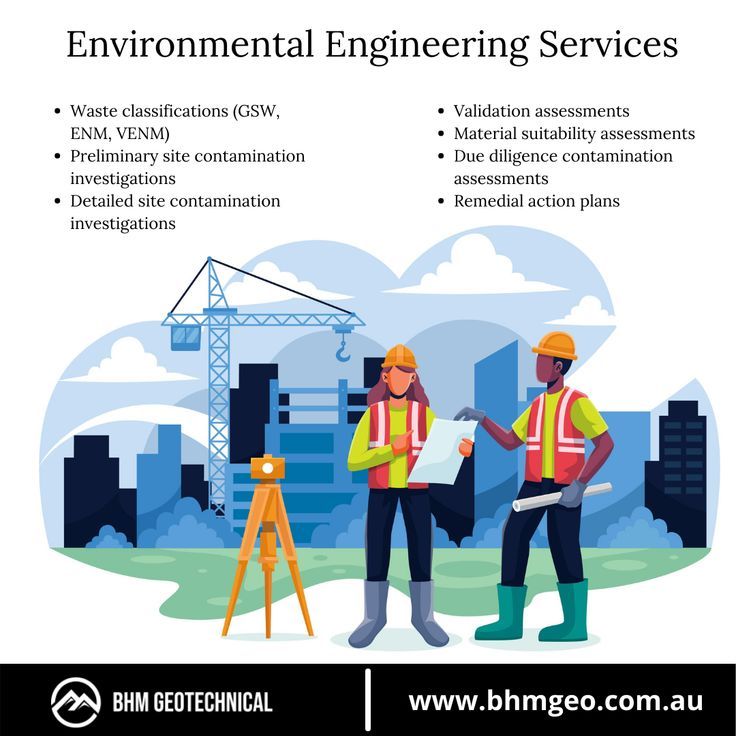Preliminary site investigations (PSIs) are crucial for any construction or development project. They help identify potential risks, assess site conditions, and inform design decisions preliminary site investigation. However, mistakes during these investigations can lead to costly delays, safety hazards, and project overruns. Here are some common pitfalls in PSIs and strategies to avoid them.

1. Inadequate Planning
Mistake: One of the most frequent mistakes is failing to plan the site investigation thoroughly. This can lead to overlooked areas, insufficient data collection, or misalignment with project objectives.
Solution: Develop a comprehensive investigation plan that includes objectives, methodologies, and timelines. Involve all stakeholders early to ensure all concerns and requirements are addressed. A well-structured plan sets a solid foundation for the entire project.
2. Ignoring Historical Data
Mistake: Not considering historical site data, such as previous uses, environmental assessments, or past incidents, can lead to surprises during construction.
Solution: Gather and review all available historical data before the site investigation begins. This includes old site surveys, environmental assessments, and records of past land uses. Understanding the site’s history can help identify potential contamination or structural issues.
3. Insufficient Sampling
Mistake: Collecting too few samples or not sampling at key locations can lead to incomplete data and misinterpretation of site conditions.
Solution: Follow established guidelines for sampling density and methodology based on site conditions. Ensure a representative sampling strategy that reflects the entire site, especially in areas with varying geology or potential contamination.
4. Overlooking Regulatory Requirements
Mistake: Failing to understand and comply with local, state, or federal regulations can lead to legal issues and project delays.
Solution: Familiarize yourself with all relevant regulations before beginning the investigation. Engage with regulatory agencies early in the process to clarify requirements and obtain necessary permits. Staying informed helps avoid compliance issues later.
5. Inadequate Reporting
Mistake: Poorly organized or incomplete reporting can lead to confusion among stakeholders and hinder decision-making.
Solution: Create clear and comprehensive reports that summarize findings, methodologies, and recommendations. Use visual aids, such as maps and charts, to illustrate key points. Ensure the report is accessible to all stakeholders and includes an executive summary for quick reference.
6. Neglecting Stakeholder Communication
Mistake: Not communicating effectively with stakeholders can result in misunderstandings and dissatisfaction.
Solution: Establish regular communication channels with all stakeholders throughout the investigation process. Provide updates on findings, address concerns promptly, and involve stakeholders in decision-making. Transparency builds trust and fosters collaboration.
7. Underestimating Environmental Factors
Mistake: Ignoring environmental factors, such as weather conditions, can compromise the investigation’s accuracy and safety.
Solution: Consider seasonal variations and potential environmental impacts when planning the site investigation. Monitor weather conditions closely, and be prepared to adapt your plan if necessary. Ensuring safety and accuracy should always be a priority.
8. Inadequate Training for Personnel
Mistake: Failing to train personnel adequately can lead to errors in data collection and analysis.
Solution: Ensure that all team members are properly trained in investigation techniques, equipment usage, and safety protocols. Continuous education and training can enhance the team’s capabilities and minimize mistakes.
Conclusion
Preliminary site investigations are essential for successful project planning and execution. By being aware of these common mistakes and implementing strategies to avoid them, you can enhance the effectiveness of your investigations and set your project up for success. Proper planning, communication, and adherence to regulations will not only save time and money but also contribute to a safer and more sustainable construction process.